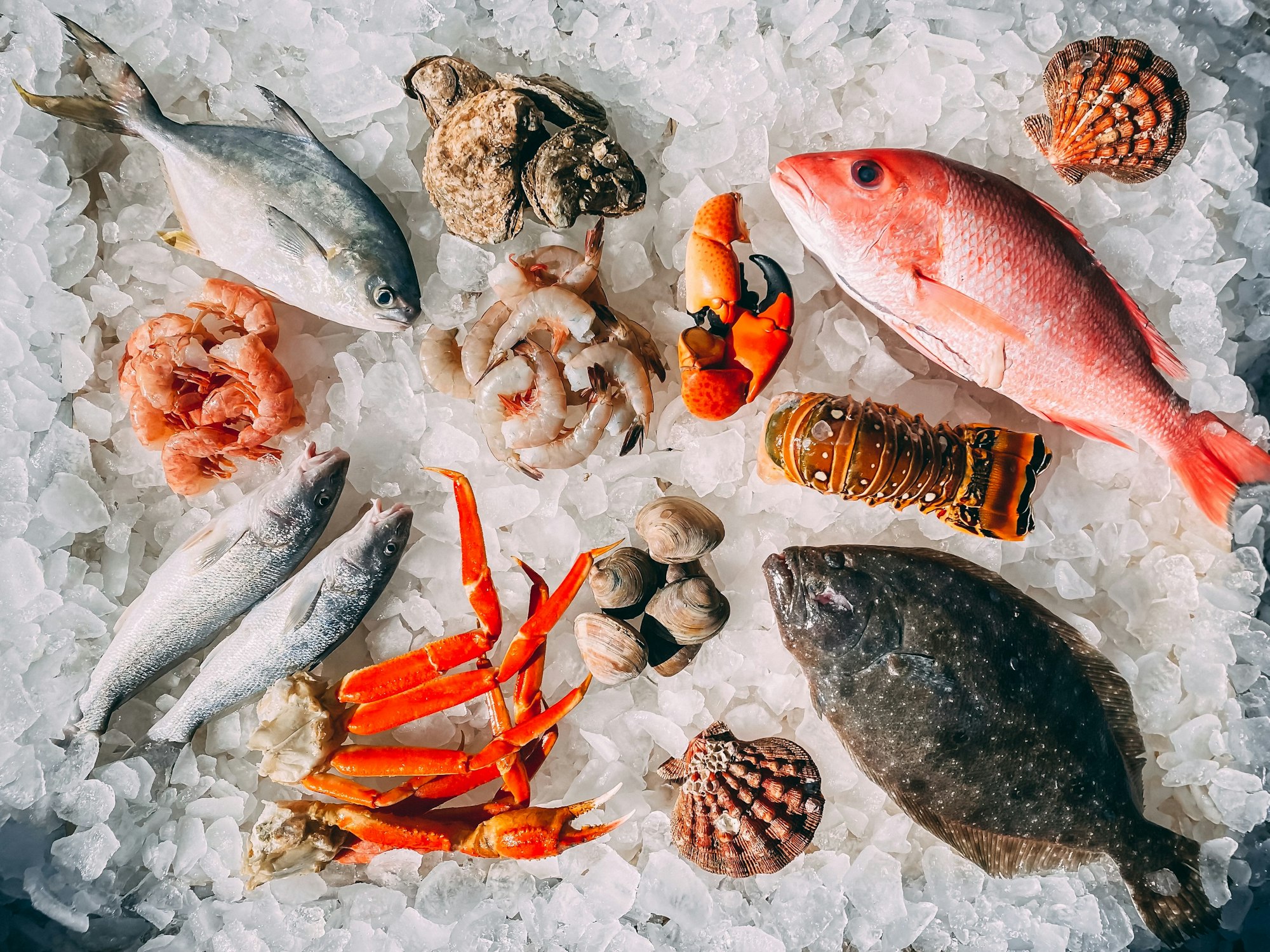To salt or not to salt?
We do need a certain amount of sodium to keep our body’s fluid balance and to maintain our blood pressure

Last weekend we went to a nice Mediterranean restaurant (the Mediterranean diet is my favorite). We had fish which was beautifully cooked with a lot of spices and therefore supposedly a lot of flavours, unfortunately it was way too salty to the point I could not enjoy the taste of the fleshy fish! I have to say that I had not had this feeling for a long long time!
How much salt/sodium do we need?
We do need a certain amount of sodium to keep our body’s fluid balance and to maintain our blood pressure but we also have to be careful of not getting too much sodium which has been linked to high blood pressure, higher risks of stroke, heart and kidney diseases : age, weight, race/ethnicity, gender and medical conditions will influence your blood pressure if you consume too much salt.
According to the World Health Organisation, the recommended daily intake of sodium is 2,000 milligrams (mg) per day which is roughly equivalent to 1 teaspoon of salt . The American Heart Association recommends no more than 1,500 mg per day for most adults, especially for those with high blood pressure. Sadly, the average person consumes closer to 3,400 mg per day, much of which comes from processed and restaurant foods!

Sodium naturally found in foods
Keep in mind that sodium is a naturally mineral that we can find in many foods
such as dairy products, meats, vegetables and seafood.
Sodium in packaged foods
Unfortunately sodium is also found in almost all processed foods like bacon, ham and salami, cheese and salty snacks foods, cereal products, packaged bread, bouillon, stock cubes, soy sauces & sodium glutamate. And that’s not all, to trick our taste buds sugar is added to packaged food so we don’t suspect there is sodium in it!

What shall we do?
First choose real foods such as vegetables and fruit, whole grain products, milk and yogurt, unseasoned meat, poultry, fish, seafood and tofu, unsalted nuts and natural nut butters, dried beans, peas and lentils. Secondly when buying packaged foods, watch out the percentage of sodium: 5% or less is little 15% or more is too much! Make your own stock; stock cubes often have added salts and taste enhancers. My advice: always check the ingredient list.
Herbs and spices
When it comes to cooking and seasoning food, I use herbs and spices, lemon and orange juices because I know they will enhance the flavour of food without the need for added salt. If I use soy sauce, I prefer to buy the low-sodium Tamari sauce.

How much sodium is in your food?
Remember for an adult the daily recommended dose of sodium is between 1500mg to 2000mg, we consume an average of 3400mg/day!
Check this out: sodium content for a 100g serving
- Raw or steamed salmon = 110mg
Smoked salmon = 1,880mg - Plain peanuts: = 2mg
Dry roasted peanuts = 790mg - Bacon = 1,500mg
Beef, topside roast and lean = 48mg - Chick peas, dried and boiled = 5mg
Chick peas, canned and drained = 220 mg
The bottom line: Consuming excessive amounts of sodium can increase the risk of high blood pressure, heart disease, and stroke, which is why it's important to limit your sodium intake. If you are used to salty dishes, train your taste buds to less salty foods, it might take time but after a while you’ll start to appreciate the food, herbs and spices.
